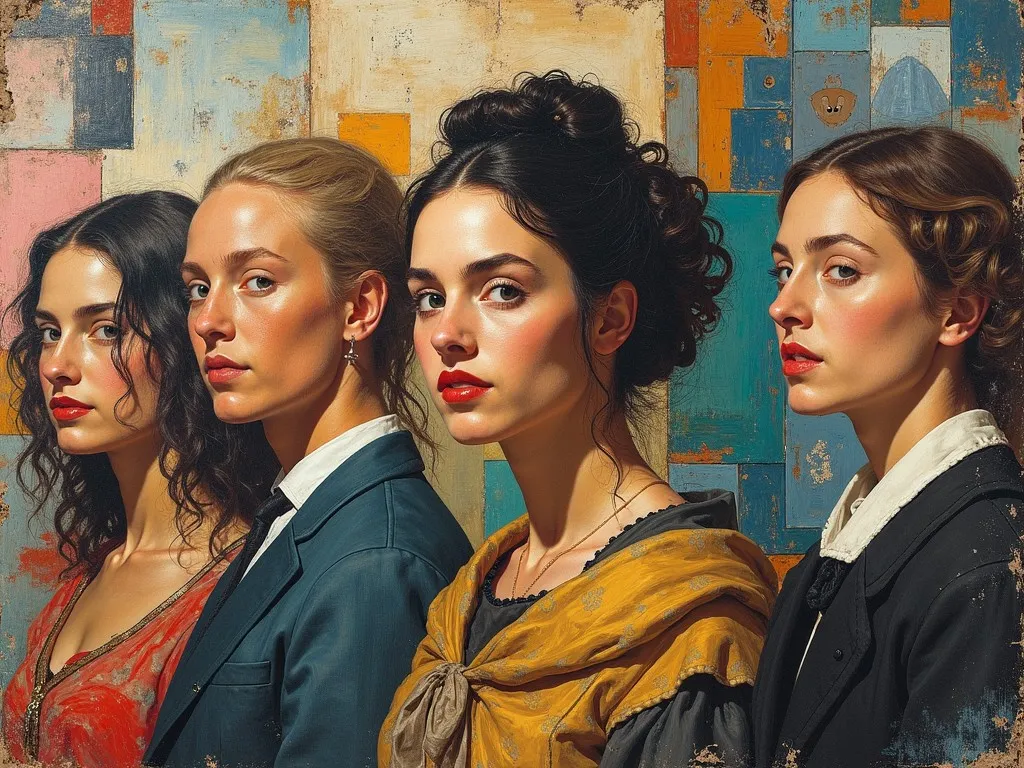Captivating Art Trends and Techniques
Exploring the latest trends in art is essential for both beginners and seasoned artists. The contemporary art landscape is brimming with diverse styles and practices. This section focuses on notable artistic movements and Supplies, highlighting essential information that can help ignite creativity and inspire new projects.
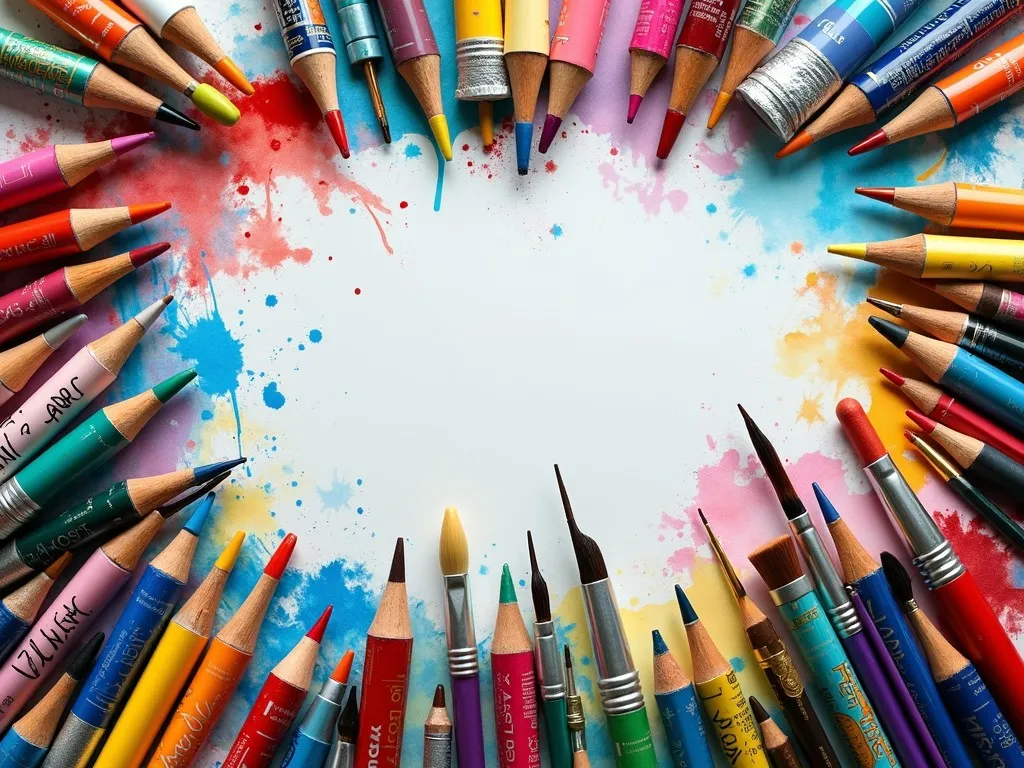 art supplies and Techniques" class="wp-image-1418"/>
art supplies and Techniques" class="wp-image-1418"/>Notable Artistic Movements
Art movements continuously evolve, reflecting societal changes, cultural shifts, and technological advancements. Below is a list of some of the most significant movements, along with the artists who championed these styles:
| Art Movement | Key Characteristics | Famous Artists | Noteworthy Works |
|---|---|---|---|
| Abstract Expressionism | Emphasis on spontaneous, automatic, or subconscious creation | Jackson Pollock, Mark Rothko | “No. 61 (Rust and Blue)” |
| Impressionism | Focus on light and its changing qualities, loose brushwork | claude monet, Pierre-Auguste Renoir | “Impression, Sunrise” |
| Cubism | Objects are broken up and reassembled in an abstract form | Pablo Picasso, Georges Braque | “Les Demoiselles d’Avignon” |
| Surrealism | Dream-like scenes and illogical imagery | Salvador Dalí, René Magritte | “The Persistence of Memory” |
| Minimalism | Simplicity, focus on the essence of form | Donald Judd, Agnes Martin | “Untitled” (1965) |
| Pop Art | Use of imagery from popular culture | Andy Warhol, Roy Lichtenstein | “Campbell’s Soup Cans” |
This table provides a glimpse into various art movements and exemplary artists. Understanding these movements is pivotal for anyone looking to deepen their appreciation for art or enhance their creative endeavors.
Art Supplies and Equipment for Every Artist
Equipping oneself with the right materials can significantly influence the outcome of art pieces. Below is a comprehensive guide to essential art supplies categorized by mediums.
| Art Supply Category | Tools and Materials | Best Uses | Recommended Brands |
|---|---|---|---|
| Acrylic Paints | Heavy body, fluid, and interactive acrylics | Versatile for various techniques | Liquitex, Golden, Winsor & Newton |
| Oil Paints | Traditional oil, water-mixable oil | Rich colors and textures | Winsor & Newton, Gamblin |
| Watercolor Supplies | Watercolor pans, tubes, brushes | Soft washes and delicate layering | Sennelier, Daniel Smith |
| Drawing Materials | Graphite pencils, charcoal, colored pencils | Sketching and detailed illustrations | Staedtler, Faber-Castell |
| Canvases | Stretched, canvas boards, and panels | Base for acrylics and oils | Fredrix, Masterpiece |
| Easels | Studio easels, table easels, and portable easels | Support for painting | Mabef, Arteza |
| Brushes | Synthetic, natural hair, different shapes | Various techniques and effects | Da Vinci, Princeton |
The right supplies can make the painting process smoother and more enjoyable, allowing artists to explore their full potential. Investing in high-quality materials often leads to better results.
- Unlock Your Artistic Potential: Essential Drawing and Sketching Supplies You Can’t Live Without
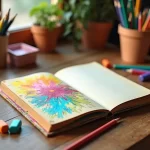
- Dive into a World of Colorful Art Pieces That Will Transform Your Space!

- Unlocking the Secrets of Landscape Painting Trees: Your Ultimate Guide!

- Discover the Unmissable Highlights at the National Gallery: A Journey Through Art
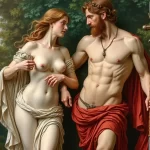
- Discover the Secrets Behind Best Selling Artwork: What Makes Art Truly Sell?
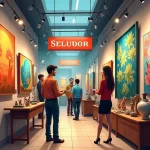
- Unlock Your Inner Artist with Acrylic Coloring: Techniques for Beginners
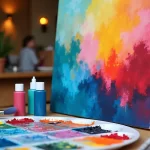
- Unleash Your Creativity: Learn How to Paint with Charcoal Like a Pro!
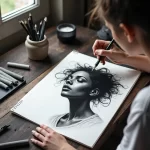
- Discover the Top 10 Most Famous Pieces of Art That Defined History

- Discover Stunning Art for Sale Near Me: Unleash Your Creative Spirit Today!
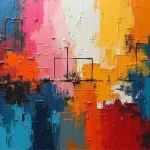
famous paintings and the Artists Behind Them
Throughout history, countless groundbreaking paintings have gained recognition for their beauty and influence. This section highlights some of the world’s most Famous Paintings, the artists who created them, and their standout features.
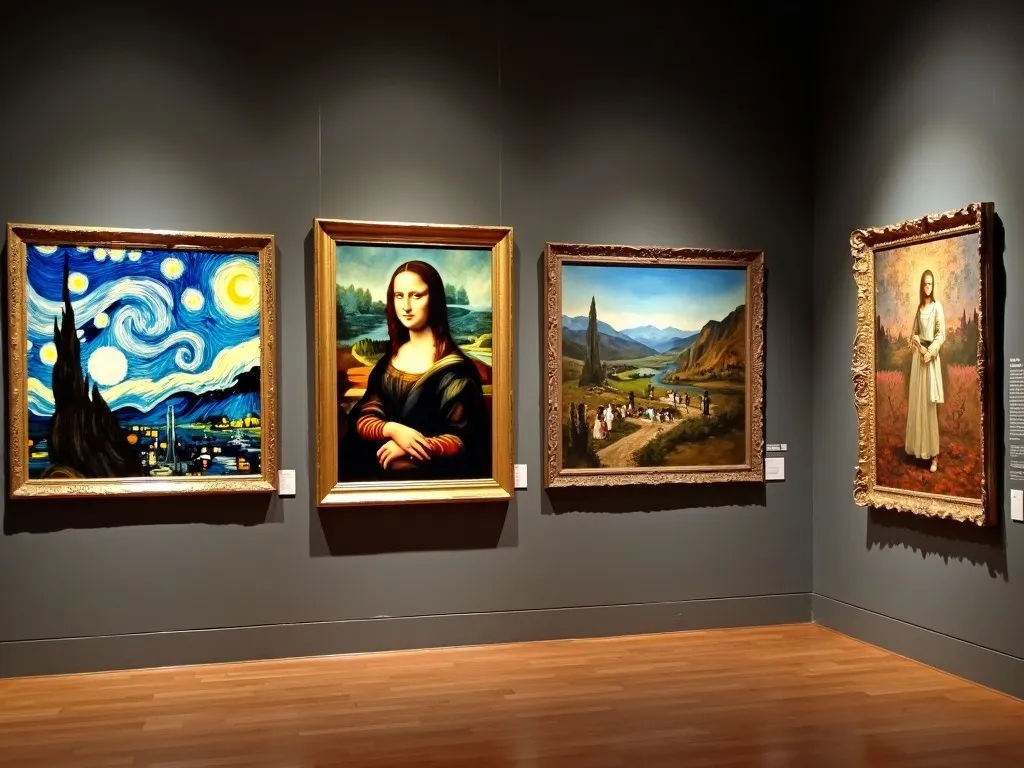
Renowned Artwork and Key Artists
The table below summarizes iconic paintings, their artists, and significant elements that contribute to their fame.
| Painting | Artist | Year | Style | Location | Significance |
|---|---|---|---|---|---|
| “The Starry Night” | Vincent van Gogh | 1889 | Post-Impressionism | Museum of Modern Art, NYC | Captures emotion through color |
| “The Persistence of Memory” | Salvador Dalí | 1931 | Surrealism | Museum of Modern Art, NYC | Explores concepts of time |
| “Mona Lisa” | Leonardo da Vinci | 1503 | Renaissance | Louvre, Paris | Notable for its enigmatic expression |
| “The Scream” | Edvard Munch | 1893 | Expressionism | National Gallery, Oslo | Represents modern existential angst |
| “Girl with a Pearl Earring” | Johannes Vermeer | 1665 | Baroque | Mauritshuis, The Hague | Celebrated for its intimate portrayal |
| “The Last Supper” | Leonardo da Vinci | 1490 | Renaissance | Santa Maria delle Grazie, Milan | Iconic depiction of a biblical scene |
| “Guernica” | Pablo Picasso | 1937 | Cubism | Museo Reina Sofía, Madrid | Powerful anti-war statement |
These artworks not only symbolize artistic excellence but also reflect various historical contexts and human emotions, making them enduring subjects of study for art enthusiasts and historians alike.
Engage with Further Learning
For those interested in exploring the topics discussed here, consider visiting authoritative sources. Comprehensive resources like Wikipedia, The Museum of Modern Art, and The Getty provide valuable insights into the world of art, artists, and techniques. Whether you’re creating your own masterpieces or diving deep into art history, let your passion for creativity lead the way.
